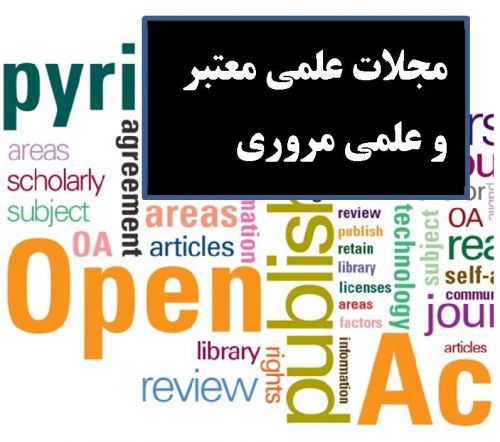Abstract—Ancient scribes usually wrote an Akkadian word in Akkadian, spelling it out syllable by syllable. Sometimes, however, they wrote down the equivalent word in Sumerian for the Akkadians held Sumerian culture, from which they had inherited the cuneiform script, in high esteem. ‘Syllabic’ vs. ‘Sumerographic’ are the two forms of cuneiform writing. The Assyrian language was a branch of the Akkadian one that used the script and language of Aramaic throughout the whole of the empire. It caused the Aramaic language to apply as an Interlingua until the following periods. This paper aims to compare Sumerograms in Akkadian texts and Arameograms in Middle Persian texts to find a continuous written system that continued to apply from Akkadian to the Middle Persian. It will firstly introduce Sumerograms which are the earliest Akkadian texts, and will finally explain the Aramaic language, which continues its use by the Parthians and Sasanians as Arameograms. Thus, the main conclusion to be drawn is that just as the Akkadians who applied Sumerograms, Parthian and Pahlavi (including the inscriptions and the Psalter), too, employed a large number of, and more or less faithfully rendered, Aramaic words, also called Arameograms
کلید واژگان :Sumerogram, Mesopotamian, Akkadian. Aramaic, Middle Persian.
ارزش ریالی : 500000 ریال
با پرداخت الکترونیک
جزئیات مقاله
- کد شناسه : 2167200929638763
- سال انتشار : 2022
- نوع مقاله : پذیرفته شده در سایر مجلات علمی معتبر و علمی مروری و ISC
- زبان : انگلیسی
- محل پذیرش : World Academy of Science, Engineering and Technology International Journal of Cognitive and Language Sciences
- برگزار کنندگان :
- ISSN :
- تاریخ ثبت : 1401/10/05 02:31:36
- ثبت کننده : بهزاد معینی سام
- تعداد بازدید : 242
- تعداد فروش : 0
